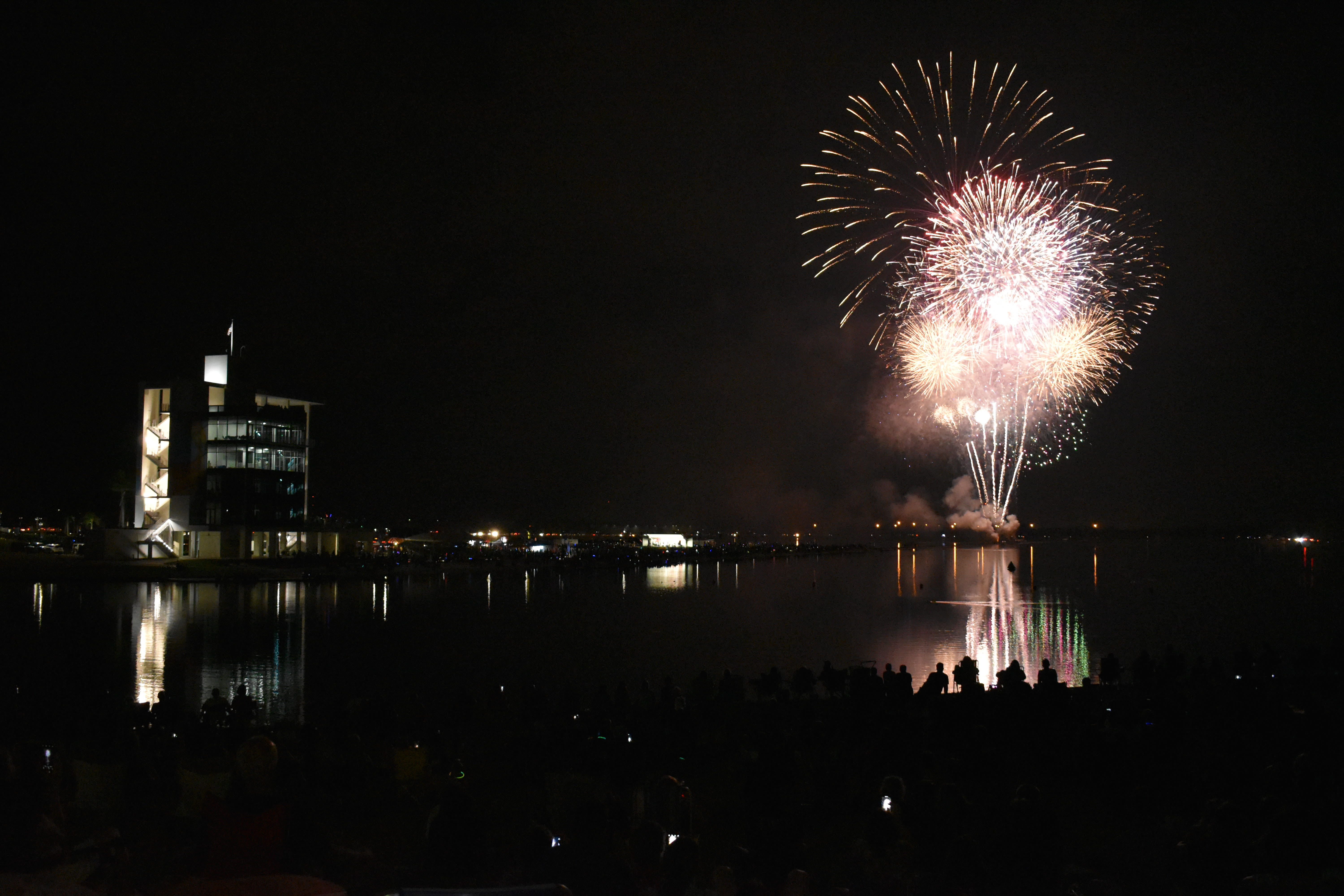Salvador Dalí Fancied Himself a Jeweler
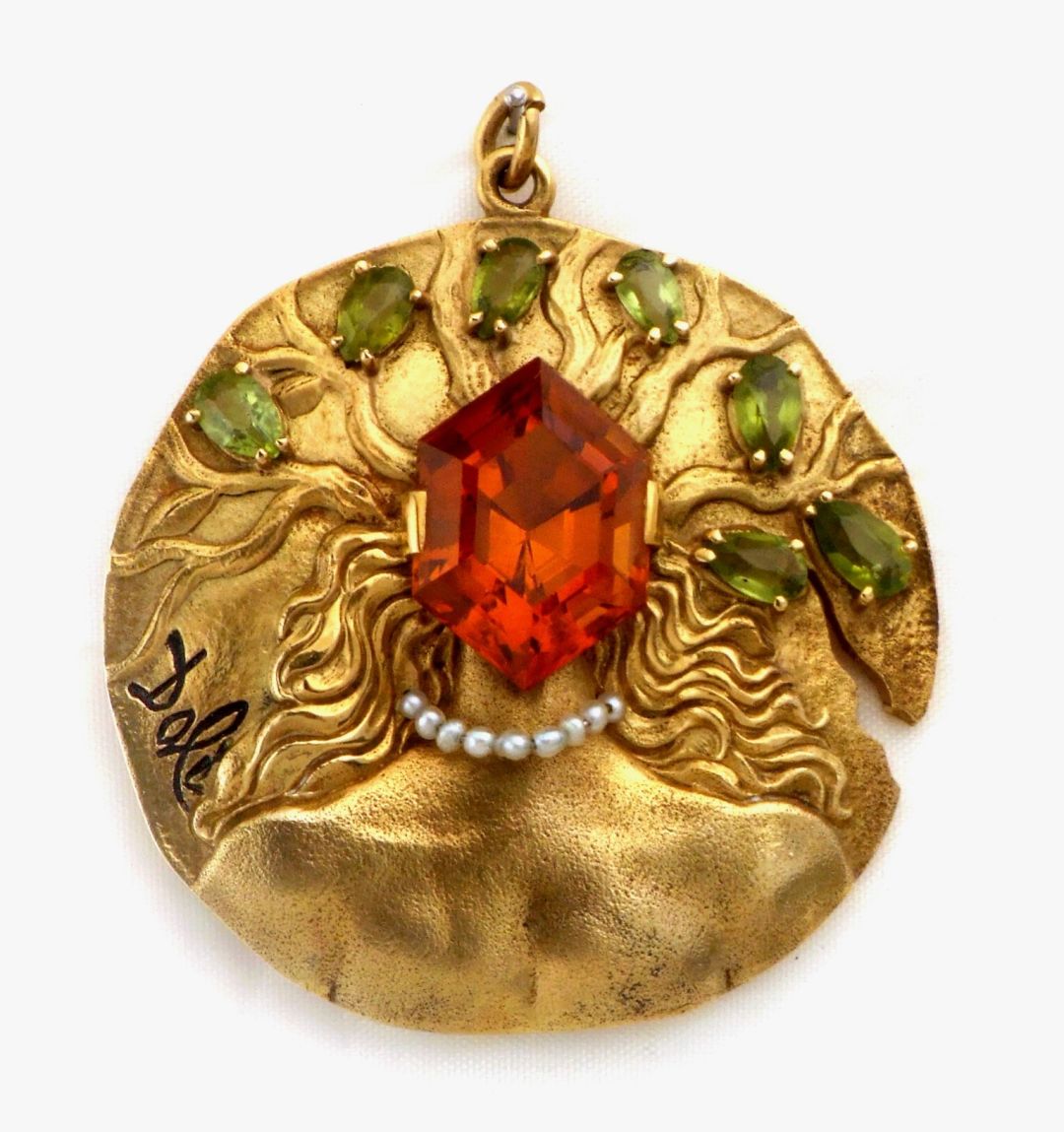
Ophelia, 1953
©Salvador Dalí. Fundación Gala-Salvador Dalí, (Artist Rights Society), 2017 / Collection of the Salvador Dalí Museum, Inc., St. Petersburg, FL, 2017.
Image: Salvador Dali Musem
The desire to adorn oneself is instinctual, and in 1949, artist Salvador Dalí entered into a collaboration with the Argentinean-born jeweler Carlos B. Alemany to produce a group of extraordinary pieces of jewelry, stunning in both their opulence and their technology. The inspiration? His three obsessions--Renaissance art, his new-found enthusiasm for Catholicism and nuclear science, following the atomic bomb attack on Hiroshima and Nagasaki. According to writer and artist Fleur Cowles, the editor of the short-lived but beloved Flair magazine, these jewels were divided into three categories: the profane, the sacred and the mechanical.
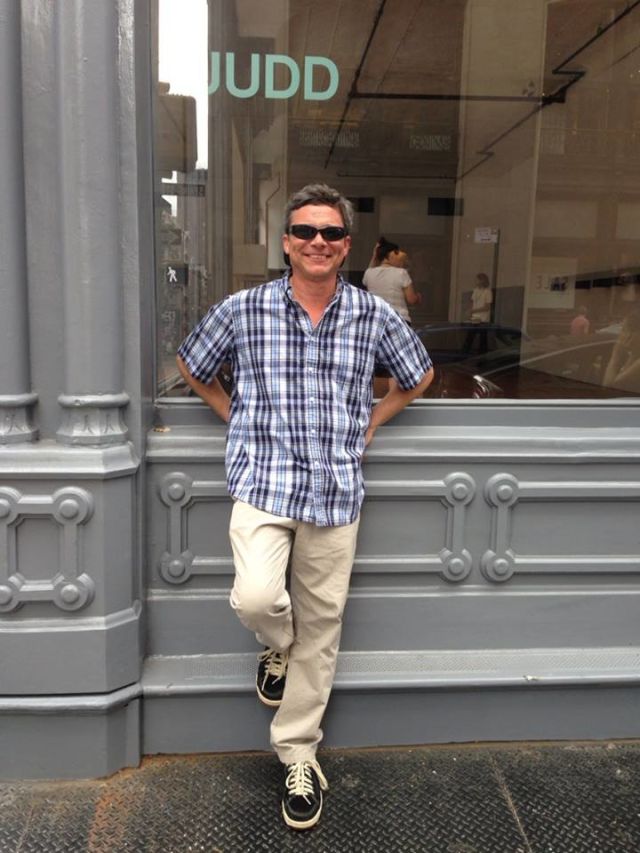
Dirk Armstrong
Image: Salvador Dali Museum
Being an inquiring mind, I caught up with The Dalí Museum's assistant curator Dirk Armstrong to learn more. Here's what I found out about the jewels in the museum's collection.
What inspired Dalí to add jewelry design to his repertoire?
Inspired by Renaissance artists such as Cellini, Dalí sought to create beautiful and elaborate jewels, where craftsmanship was more important than the materials used. While 20 unique and fantastically imagined works with mechanisms and one-of-a-kind gem stones were created--and are now on view at Dalí’s museum in Figueres, Spain (the Teatro Museu)--these are examples of limited edition pieces available at higher end retailers. These pieces were in the personal collection of the Dalí Museum co-founder, Mrs. Eleanor R. Morse.

Image: Salvador Dali Museum
There’s always a story with a Dalí. Tell us about the Tree of Life necklace.
Although many cultures around the world make reference to a "tree of life" and assign it various meanings and associations, it is most likely that Dalí (whose mother was a devout Catholic) is representing the Christian thought that the "tree of life" represents the immaculate state of humanity, free from corruption and Original Sin. In this piece, the artist has used individual pieces that have the form of a bird or a dove–associated with the Holy Spirit--to create a seemingly endless "trunk," reinforced by the way the bracelet and necklace become a closed and never-ending cycle, or loop.
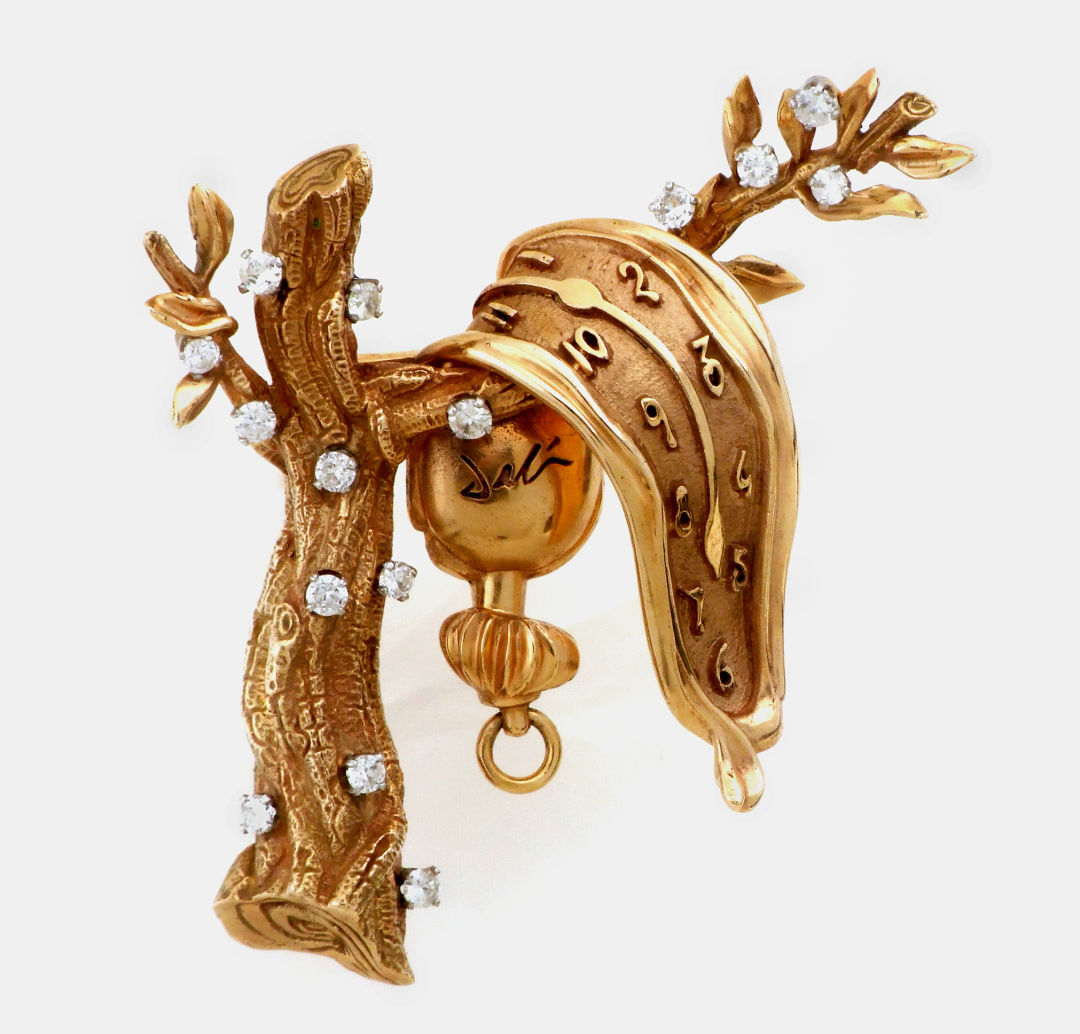
Image: Salvador Dali Museum
And because I cannot resist, how about The Persistence of Memory pin?
Based upon his iconic 1931 painting of the same name, this pin is an example of the craftsmanship that Dalí desired--great attention to detail is seen in the execution of the tree limb and its companion timepiece. The title is rather sarcastic, as the melting watch is anything but "persistent" as time melts away from the limp form. As Dalí famously said: “Time is not rigid!”
How often do the gems make an appearance?
The gems have not been on display at the museum since 2009-10. They were part of an exhibition in Japan in 2016 that traveled to Kyoto and Tokyo and was viewed by over 900,000 visitors. We are showing these special pieces to an exclusive audience in order to garner support and bring awareness to our upcoming exhibition that will feature these pieces--Dalí and Schiaparelli.
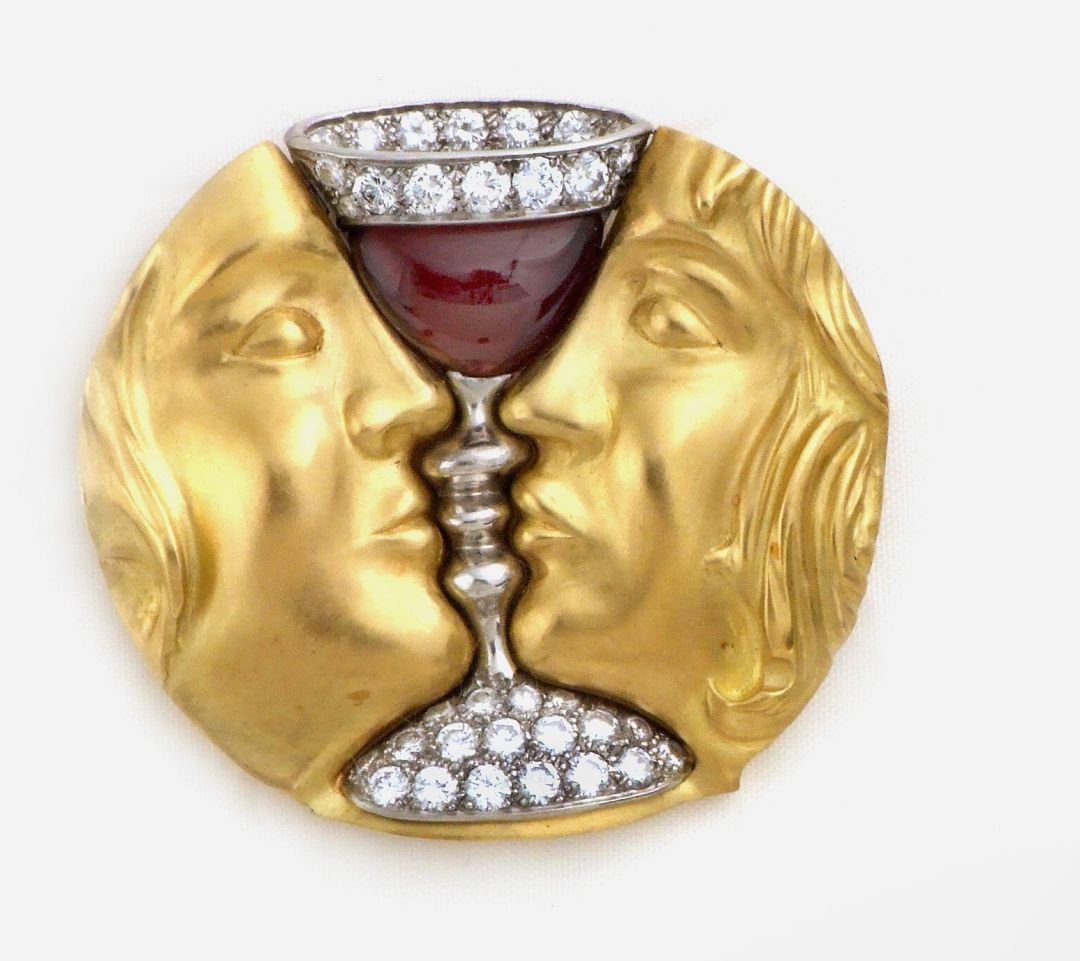
Image: Salvador Dali Museum
What do you think most don't know about Dalí the Master?
People mostly think of Dalí as a painter, but he was not afraid to explore any artistic media, and was a multi-faceted artist. He worked in painting, drawing, stage and costume design, commissioned portraits, fashion and product design, advertising, holography and print making.
Dalí and Schiaparelli will be on view at The Dalí Museum from October 18, 2017-January 14, 2018. For more information about the exhibit, click here.



